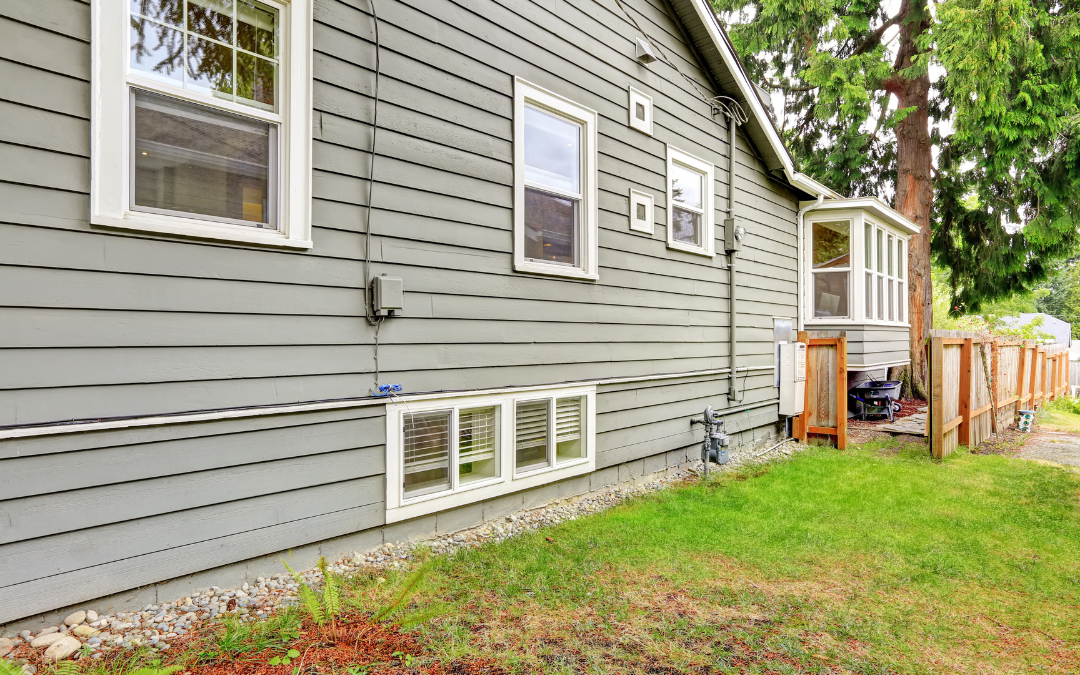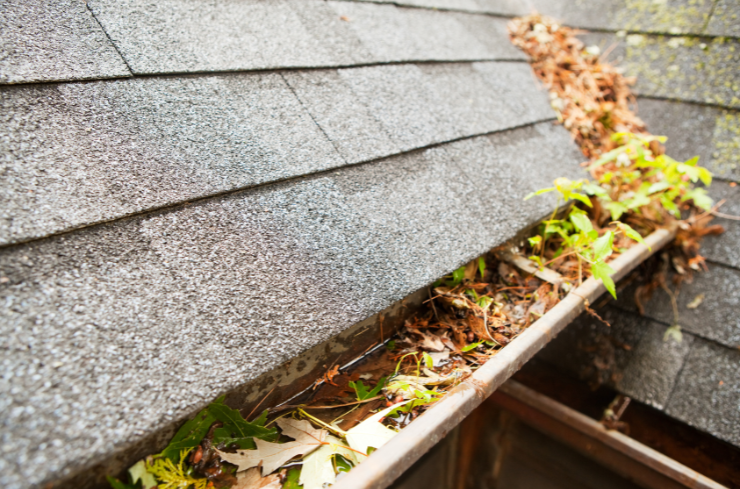Why Is My House Siding Leaking?

Is Your Siding Leaking and Letting Water Into Your Home?
We all love a cozy, dry home, right? But nothing ruins that “safe and sound” feeling faster than water sneaking in where it shouldn’t. And surprise, surprise—your house siding might be to blame.
Now, most of us don’t spend our Saturdays checking up on siding. It’s one of those “out of sight, out of mind” things. But when it starts leaking? Suddenly, it’s a big deal. Water damage, mold, weird smells, bubbling paint—it can all go downhill real fast.
So let’s break it down. What’s really causing your siding to leak? And what can you do about it before things get out of hand?

1. The Siding Wasn’t Installed Right
You paid for new siding. It looks great. But… there’s a leak? 😬
If the crew that installed it didn’t align everything just right—or skipped sealing the corners, windows, or doors—water’s going to find its way in. Doesn’t matter if it’s vinyl, wood, or even cement board. Sloppy work = problems later.
What you can do:
Before hiring anyone, check their reviews, ask to see photos of past jobs, and go with a local company that actually picks up the phone. The right installer makes all the difference.

2. Your Siding Is Just Getting Old
Like everything else on your house, siding wears out. Some materials last longer than others, but time, weather, and sunlight eventually win. When that happens, cracks, warping, and soft spots start showing up—and those are golden ticket entries for water.
Here’s how different siding types break down:
- Vinyl gets brittle and cracks in harsh sunlight or freezing temps.
- Engineered wood can warp or rot over time, especially without fresh caulking or paint.
- Stucco cracks as the ground shifts or after a rough winter.
- Brick looks strong, but the mortar wears away, letting rain sneak through.
- Cement board isn’t seamless, and water can sneak through joints as caulk wears down.
What you can do:
Get into the habit of walking around your house every few months. Look for anything that’s cracked, chipped, or pulling away from the wall. A little touch-up now saves big money later.

3. Flashing Is Missing or Broken
You might not even know what flashing is—but trust me, it’s important.
Flashing is the thin metal or plastic stuff that gets tucked behind siding around windows, doors, and roof edges. Its whole job? Pushing water away. But if it’s missing or damaged, water goes right behind the siding and starts causing damage where you can’t see it.
What you can do:
If you’re noticing leaks near windows or under the roofline, get a pro to check your flashing. It’s not something you’ll easily spot without pulling things apart.

4. Poor Ventilation = Big Moisture Problems
This one’s sneaky.
Sometimes the issue isn’t rain from the outside—it’s moisture building up inside your walls. If your house doesn’t have good airflow (especially in the attic or crawl space), humidity gets trapped. That trapped moisture leads to rot, mold, and you guessed it—leaks.
What you can do:
Make sure your home has solid ventilation. Add vents where needed, and when replacing siding, ask for a vapor barrier or breathable house wrap. It lets your home “exhale” without letting water in.

5. Storms and Bad Weather Can Wreck Siding
Ever notice how things seem fine until after a big storm?
Heavy wind, rain, snow, hail—they’re all rough on your siding. Panels can lift, crack, or snap off entirely. Water sees that as a VIP invitation.
What you can do:
After every storm, do a quick inspection (you don’t need to be an expert—just look for anything that looks “off”). If you spot damage, act fast. Some insurance policies cover storm-related siding repairs, so don’t wait!
Also, consider investing in more weather-resistant siding if you live in an area that gets hammered by the elements.

6. Gutters and Downspouts Are Clogged
Gutters might not seem like a siding issue, but oh—they are. When they’re clogged with leaves and junk, water overflows and pools around your roof or foundation. That’s when water starts creeping in behind the siding and causing trouble.
What you can do:
Keep those gutters clear! Clean them out in the spring and fall, or install gutter guards if you’re tired of climbing up there every few months. Live in a rainy area? Bigger downspouts might help too.
So, What If It’s Already Leaking?
Don’t stress! The most important thing is to act fast. The longer water sits, the more damage it can do.
Call a trusted siding pro to take a look. They can figure out what’s going on and help you fix it—sometimes it’s a simple repair, and sometimes it might be time for a siding upgrade.
Your siding does way more than just make your house look good—it’s what keeps everything (and everyone) inside safe and dry. But like anything else, it needs a little care now and then. Whether it’s damage from a storm, a not-so-great install job, or just normal aging, the trick is catching issues early and fixing them before they turn into big problems. So, check your siding regularly, keep those gutters clear, and don’t wait to call in a pro if something seems off. And when it’s time for a new look? Choose a team that knows their stuff. With a little attention and upkeep, your home can stay strong, dry, and looking great for years to come.
Got questions or think your siding might need a check-up? No worries! The team at Twin Peaks Roofing & Construction is here to help. We’ll give you honest advice and make sure your home stays safe and dry. Just give us a call or send us a message—we’ve got your back!

0 Comments